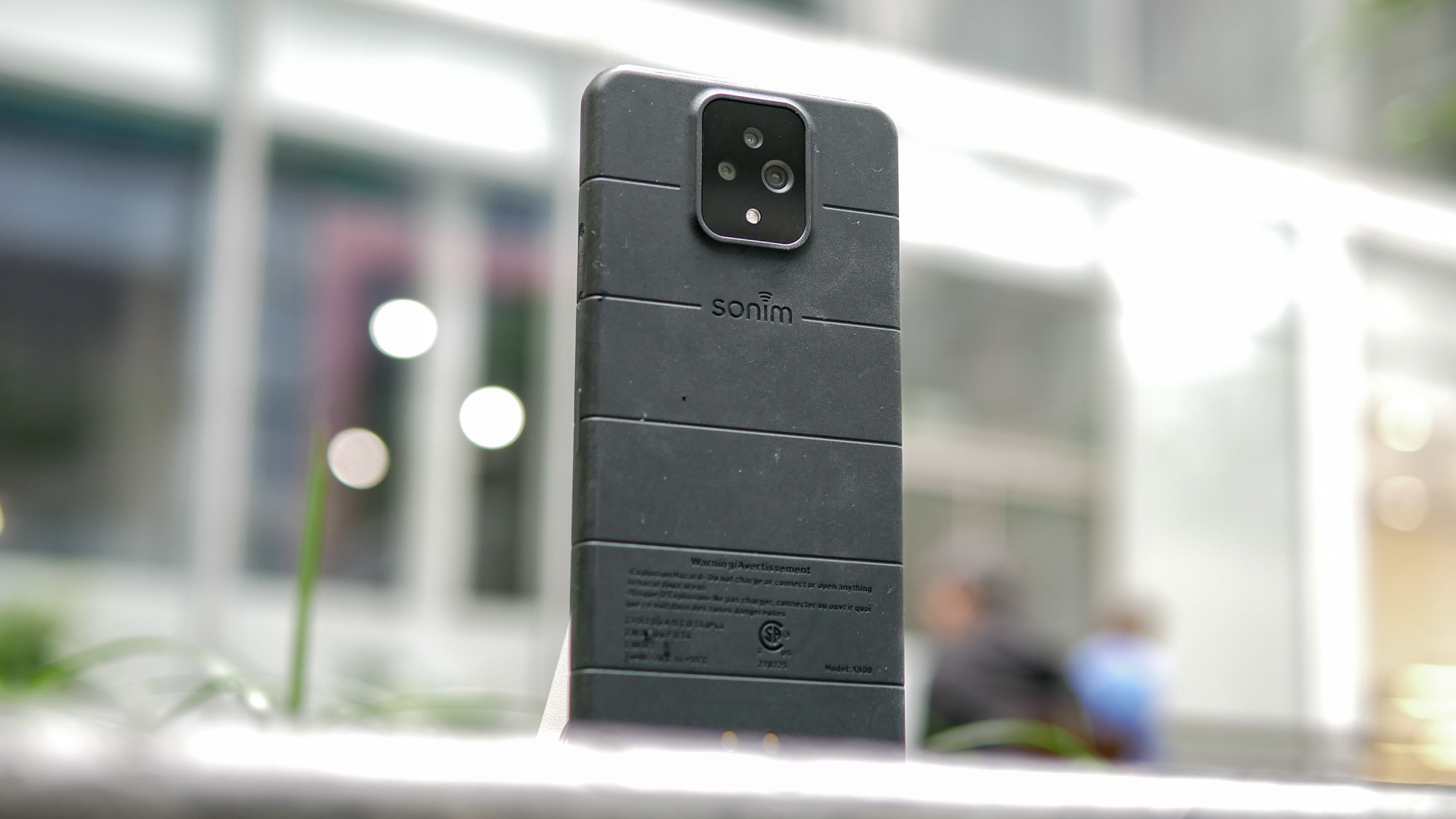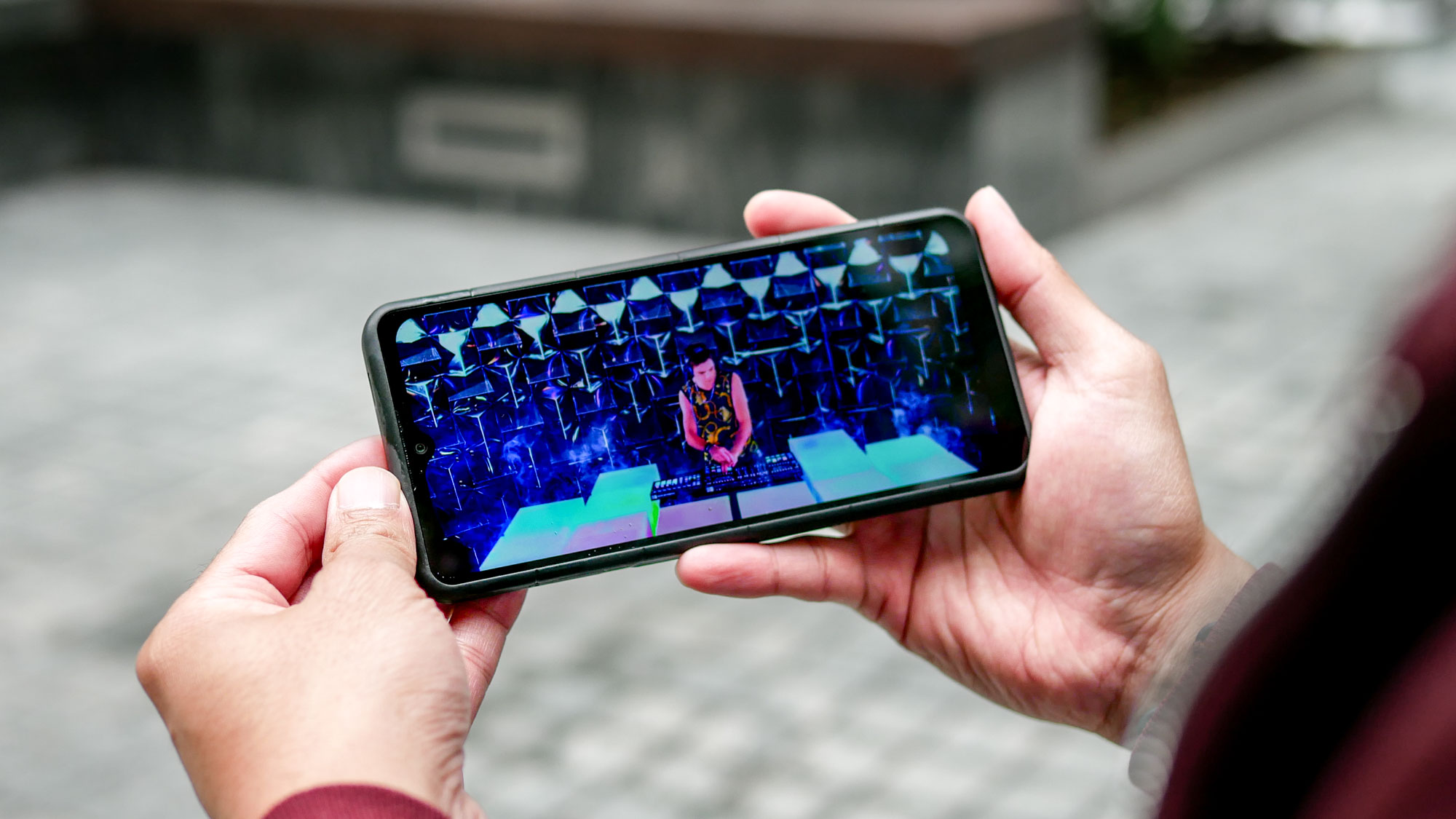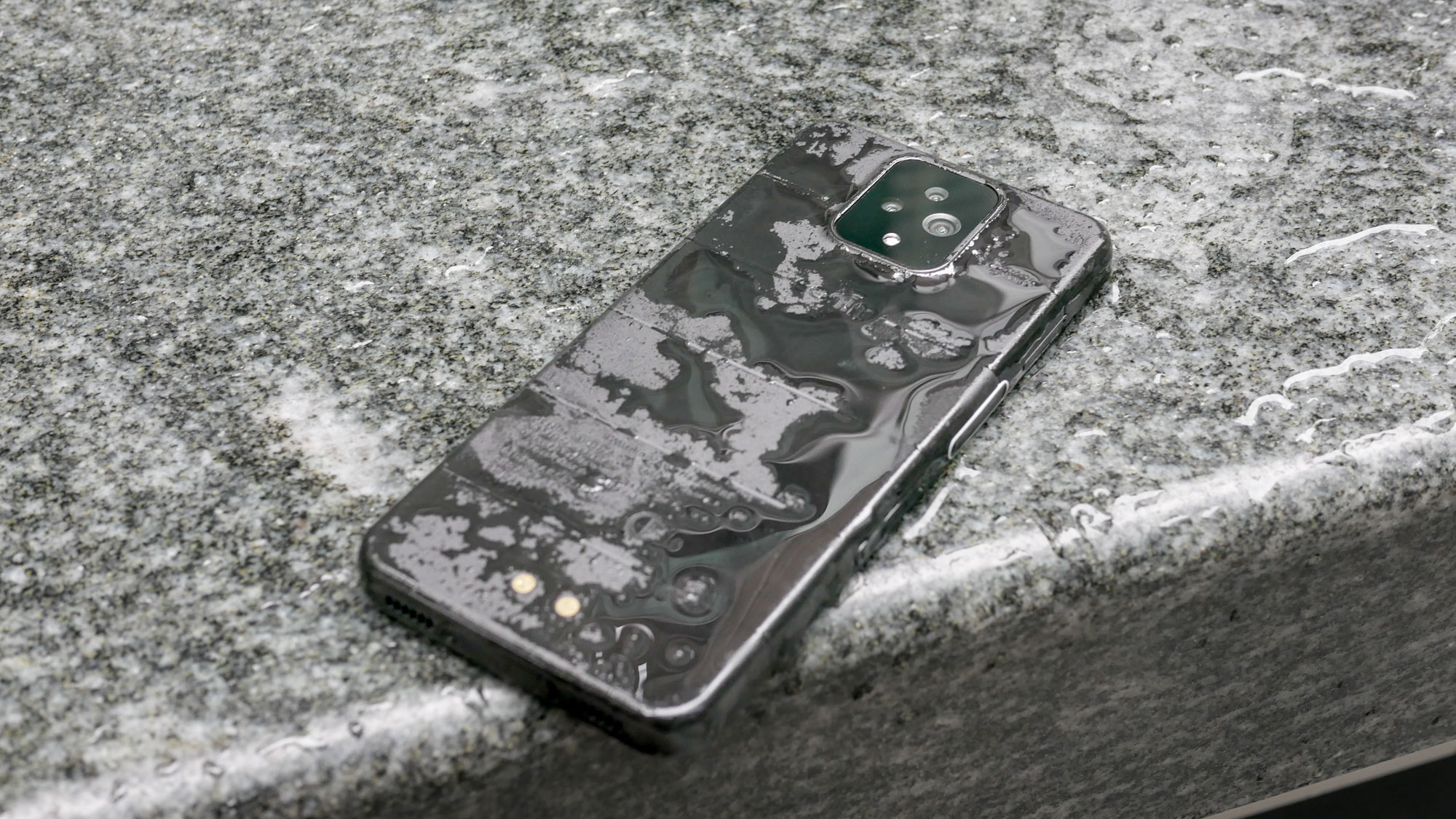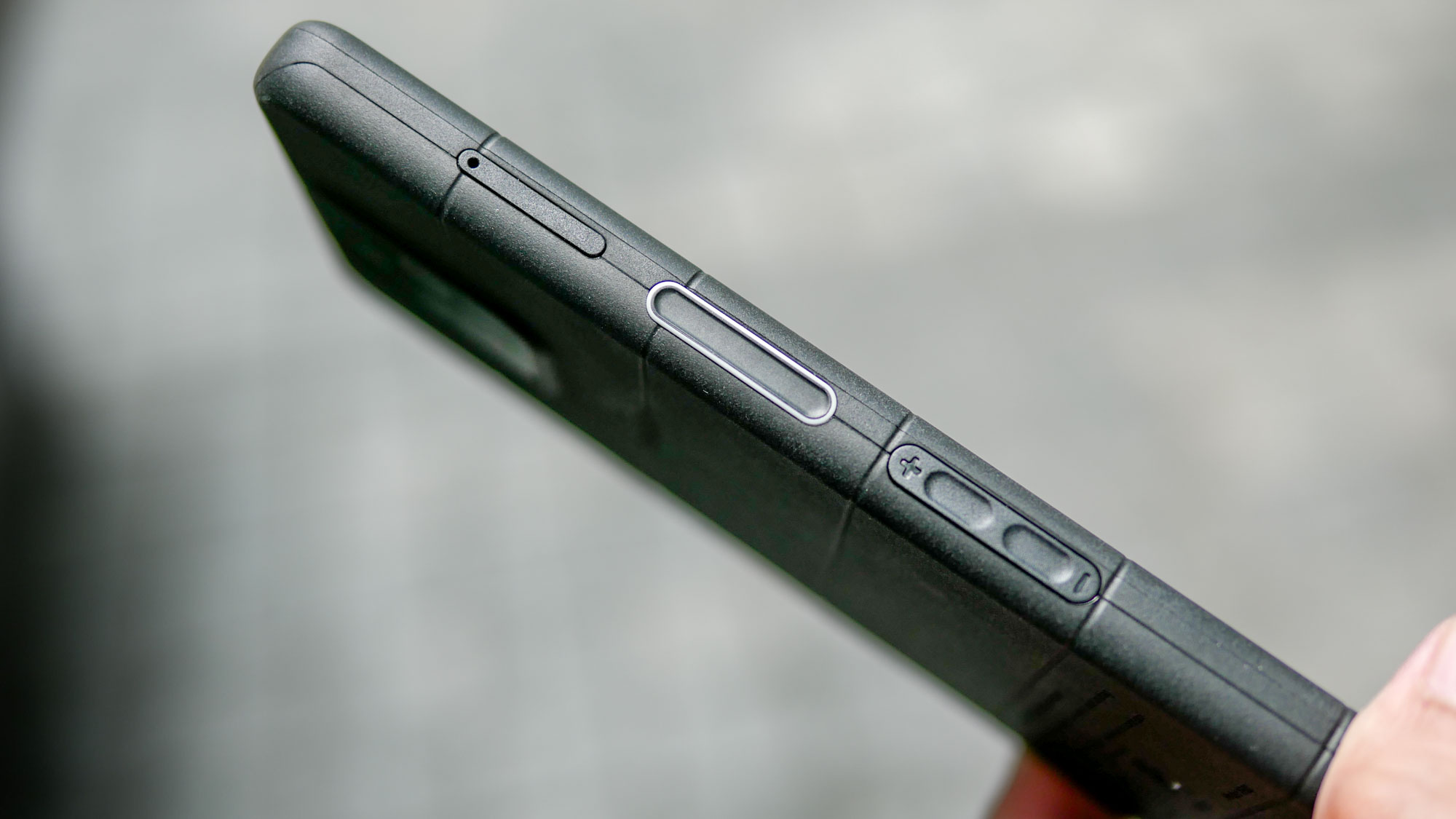Are rugged phones worth it? I tried one for a month to find out — here’s what happened

There was a time when rugged phones were coveted. But ever since the rise of the modern flagship phone, ones that feature water resistant designs, the amount of rugged phones released have been few and far between.
I know this because early on in my career, I was reviewing a lot of rugged phones like the Samsung SGH-a657 — a candy bar phone I remember that took drop after drop with ease. Eventually they merged with smartphones in rugged models like the Motorola DEFY and Samsung Rugby Smart in the early 2010s.
Nowadays rugged phones are like a needle in a haystack, with fewer phone makers choosing to have them to complement their lineup. That’s why I tried the Sonim XP Pro for a month to see if rugged phones still have some value to convince people they’re good alternatives. Here’s what happened.
Tired of phones that keep on breaking? The Sonim XP Pro is a ruggedized phone that features IP68 and IPX9K ratings that make it more drop and water resistant than your ordinary flagship model. It has everything you expect in a phone, including triple cameras, 5,000 mAh battery, and 100dB+ dual loudspeakers.
Don’t be flattered looking at them

You’re not buying a ruggedized phone for its looks, and if you were, you might have to rethink your priorities. Similar to how you’d add extra drop protection to any of the best phones around, like the iPhone 16 Pro Max, it usually involves buying a rugged case that transforms them into beastly sized phones.
Likewise, rugged phones like the Sonim XP Pro don’t leave a lasting impression with their designs. Compared to other rugged phones I’ve tested in the past, I can see the evolution of how it’s able to pack in a much more protective design without bloating its size. For a rugged phone, the Sonim XP Pro doesn’t feel like a brick in my pocket — or when I’m putting it against my face with phone calls.
One thing I will say about rugged phones, including this one, is that they don’t have the most attractive displays. There’s a 6.58-inch display with a resolution of 2408 x 1080 and protected by Corning's Gorilla Glass Victus II. It’s hard to say if it's the panel itself or the protective glass, but the display looks dull. It certainly isn’t as eye-catching as some of the AMOLED panels I see in phones like the Pixel 9 Pro XL or Galaxy S25 Ultra, but I suppose it’s good enough for basic things.
It’s all about the protection

Unless you’re getting an ultra-basic phone, you’ll find just about some level of water and dust resistance with most phones — including affordable ones like the Pixel 9a and iPhone 16e. Most recently, I accidentally left the Motorola Razr Ultra (2025) in my shorts pocket, which I threw into a load of laundry. After 15 minutes of hearing this odd banging noise, I realized I was missing the Ultra. That’s when I realized the noise I was hearing turned out to be my missing Razr.
Get instant access to breaking news, the hottest reviews, great deals and helpful tips.
To my surprise, it was still fully functional despite being completely wet in soapy laundry detergent. It proceeded to work fine up until 14 hours later when one moment it was working, and the next the display started to show these horizontal lines, which I suspect is caused by a loose connection with the display and circuit board.
With real rugged phones like the Sonim XP Pro, you’re getting a much more protective phone that can endure the most extreme events. It’s designed with a MIL-STD-810H rating that goes beyond just water and dust resistance. In fact, it’s also chemical, puncture, and pressure resistant to some degree due to how it’s designed.
Small design details, like the plastic cover over its USB-C port and its rubbery textured casing, all add an extra layer of protection that gives me confidence that it’ll keep on working for longer. I’ve dropped it several times on purpose from about 4 feet and its tough rubbery casing manages to cushion each impact. Now try dropping your phone without a case on — I doubt it’ll do as good as this one.
Push-to-talk convenience

And finally, the only other feature that I feel is valuable and usually accompanies rugged phones is push-to-talk. This convenience isn’t necessarily for everyone, but it does give you the benefit of instant communication — not just to one caller, but many. I can appreciate a feature such as this because I religiously use the walkie-talkie feature in my Apple Watch to get in touch with my partner, which beats having to call them.
Even though you can technically get a similar walkie-talkie feature in any phone by adding on the feature to your wireless plan, which would then be available through an app, having a dedicated button makes the process more intuitive. Given how I keep in touch with mainly my partner on a daily basis, a push-to-talk button does come in hand.
Bottom line

Other things worth pointing out about the Sonim XP Pro is that it features a triple camera system, which consists of a 50MP main, 13MP ultrawide, and 2MP macro. The snapshots are nothing like what I get from any of the best camera phones, so you’re not buying a rugged phone to get stellar shots.
However, its 5,000 mAh battery does offer good battery life in my experience — plus wireless charging that I’m surprised to find. You get all of this for a phone that costs $549, which puts it in the mid-range category.
Ultimately, the biggest selling point about choosing a rugged phone over a flagship model is that you get the extra protection without buying a bulky case. True, you can get the same drop protection with certain ruggedized cases, but the amount of bulk they add can transform a sleek looking phone into a brick sized one.
More from Tom's Guide
- Delete these 20 apps right now if you downloaded them from the Play Store — they’re malicious
- WWDC 2025 Live: iOS 26, Liquid Glass and all the biggest Apple event announcements
- iOS 26 announced — here's all the new features for your iPhone

John’s a senior editor covering phones for Tom’s Guide. He’s no stranger in this area having covered mobile phones and gadgets since 2008 when he started his career. On top of his editor duties, he’s a seasoned videographer being in front and behind the camera producing YouTube videos. Previously, he held editor roles with PhoneArena, Android Authority, Digital Trends, and SPY. Outside of tech, he enjoys producing mini documentaries and fun social clips for small businesses, enjoying the beach life at the Jersey Shore, and recently becoming a first time homeowner.
You must confirm your public display name before commenting
Please logout and then login again, you will then be prompted to enter your display name.

